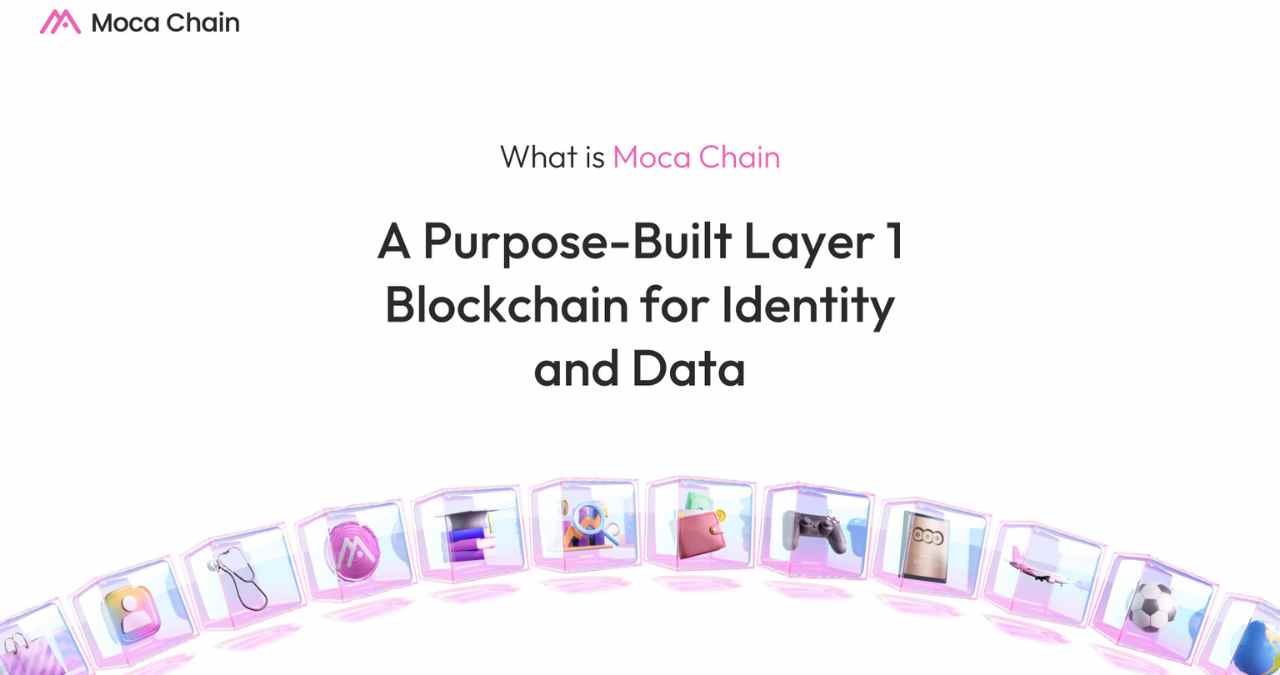The team behind Moca Chain is aiming to upgrade how digital identity works in Web3. Instead of relying on centralized logins, this new Layer‑1 blockchain is engineered to give users full control over their own data. Sprouting from the Animoca Brands ecosystem, it looks less like a crypto-native playground and more like foundational infrastructure for future applications.
By late 2025, Moca Chain plans public testnet and mainnet launches. The project leans heavily on privacy tech like zero‑knowledge proofs and modular, EVM‑compatible architecture. That makes it interoperable with Ethereum and suitable as a universal identity layer that spans chains.
Designing for identity, not speculation
Unlike many blockchains that aim to become general-purpose platforms or token hubs, Moca Chain is narrowly focused on identity verification and data privacy. Its toolkit includes decentralized storage, cross-chain oracles, and zkTLS to prove identity without leaking sensitive info.
The native $MOCA token plays several roles: it powers transactions, staking, data validation, and fees for identity services. It’s not just a speculative asset, it’s the engine that manages permissions and governance on the network.
By targeting identity rather than DeFi or gaming, Moca Chain steps into a sector that’s foundational for any credible Web3 ecosystem but often overlooked.
AIR Kit bridges Web2 and Web3 ecosystems
One interesting feature is Moca’s AIR Kit, an SDK already used in Web2 services like a major loyalty rewards app and a sports news platform. That existing integration gives Moca Chain a potential user base approaching a billion people, before any blockchain buzz.
Through AIR Kit, verified credentials, reputation scores, or loyalty points can be ported onto the blockchain, giving users control over what they share and for how long. It’s a modular ID layer that could plug existing platforms into a privacy-preserving framework.
Identity across industries, not just games
The vision for Moca Chain isn’t limited to gaming or metaverse use. The tech also maps neatly onto real-world use cases: secure health records, resume verification, privacy-friendly KYC, and ad attribution. Rather than forcing sectors to build their own systems, the chain supplies a unified infrastructure.
Utility here isn’t in transaction volume or financial activity. It’s in unlocking trust, privacy, and cross-platform interoperability for apps that currently rely on centralized login schemes.
Standing apart in a fragmented identity space
Digital identity in Web3 is a fragmented mess right now, wallets, profiles, KYC, social logins, all siloed and often misaligned. Moca Chain’s approach is distinctive because it’s both narrow and comprehensive: narrowly focused on ID, but comprehensive in coverage from wallets to real world systems.
Support from Animoca Brands gives it a leg up in visibility within the blockchain space. But its success will hinge on execution, delivering strong privacy, easy integration, and real adoption from identity-heavy sectors.
If it hits its Q3 testnet and Q4 mainnet timeline, developers will soon have a chance to experiment. And for broader industries, Moca Chain could mark a pivot from ad‑driven or password‑based systems toward user‑owned identity frameworks.
It doesn’t promise to reinvent Web3 economies like yield farming or play‑to‑earn. Instead, it offers something more structural: a backbone for identity that’s private, decentralized, and portable, which could quietly power the next wave of credible Web3 adoption.
Web3 Analyst & Play Blockchain Games Guide
CryptoKit breaks down Web3 gaming like it’s second nature. From tokenomics to airdrop strategies, she turns blockchain chaos into clear, actionable advice for players who want to win more than XP.




